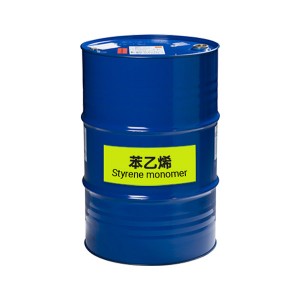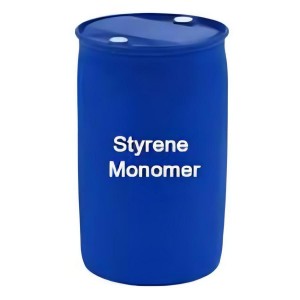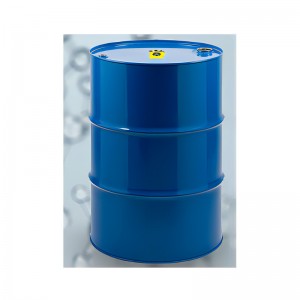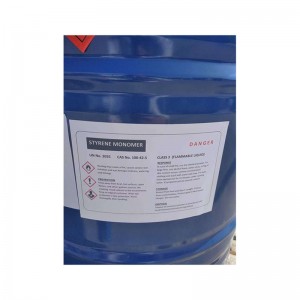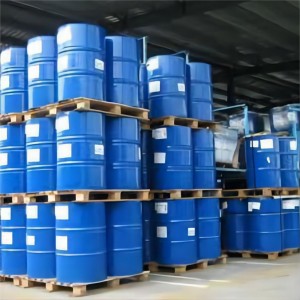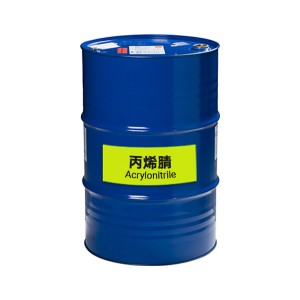
Products
styrene for ABS resin
styrene for ABS resin,
ABS Raw Material, CAS:100-42-5, Styrene For Polymers, Styrene Monomer, Styrene Used To Produce Resins,
Product Features
| CAS Number | 100-42-5 |
| EINECS No. | 202-851-5 |
| H.S. Code | 2902.50 |
| Chemical formula | H2C=C6H5CH |
| Chemical Properties | |
| Melting point | -30-31 C |
| Boling point | 145-146 C |
| Specific gravity | 0.91 |
| Solubility in water | < 1% |
| Vapour density | 3.60 |
Synonyms
Cinnamene; Cinnamenol; Diarex HF 77; Ethenylbenzene; NCI-C02200;Phenethylene; Phenylethene; Phenylethylene; Phenylethylene, inhibited; Stirolo(Italian); Styreen (Dutch); Styrene (CZECH); Styrene Monomer (ACGIH); StyreneMonomer, Stabilized (DOT); Styrol (German); Styrole; Styrolene; Styron; Styropor; Vinylbenzen (CZECH); Vinylbenzene; Vinylbenzol.
Certificate of Analysis
| Property | Data | Unit |
| Bases | A level≥99.5%;B level≥99.0%. | - |
| Appearance | colorless transparent oily liquid | - |
| Melting point | -30.6 | ℃ |
| Boiling point | 146 | ℃ |
| Relative density | 0.91 | Water=1 |
| Relative vapor density | 3.6 | Air=1 |
| Saturated vapor pressure | 1.33(30.8℃) | kPa |
| Heat of combustion | 4376.9 | kJ/mol |
| Critical temperature | 369 | ℃ |
| Critical pressure | 3.81 | MPa |
| Octanol/water partition coefficients | 3.2 | - |
| Flash point | 34.4 | ℃ |
| Ignition temperature | 490 | ℃ |
| Upper explosive limit | 6.1 | %(V/V) |
| Lower explosive limit | 1.1 | %(V/V) |
| Solubleness | Insoluble in water, soluble in alcoho and most organic solvents. | |
| Main application | Used for manufacturing polystyrene, synthetic rubber, ion-exchange resin ,etc. | |
Package and Delivery
Packaging Detai: Packed in 220kg/drum,17 600kgs/20’GP
ISO TANK 21.5MT
1000kg/drum, Flexibag, ISO tanks or according to customer`s request.
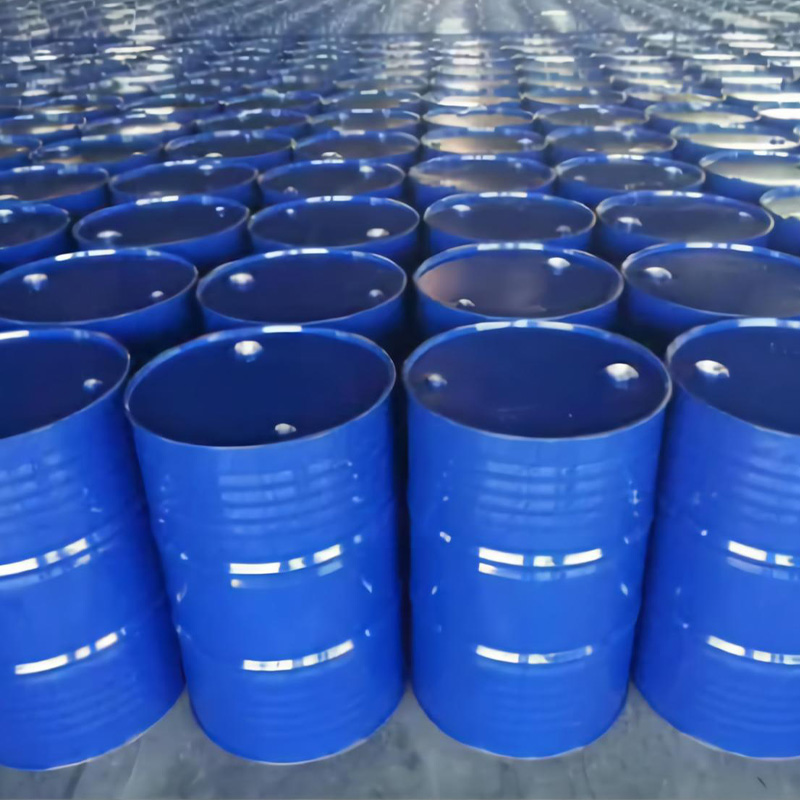
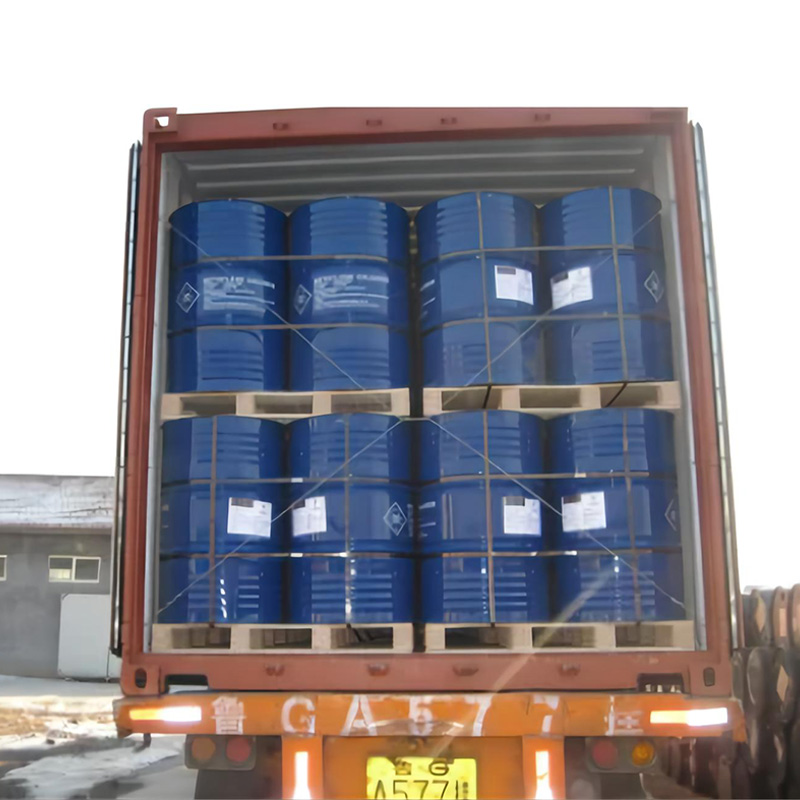
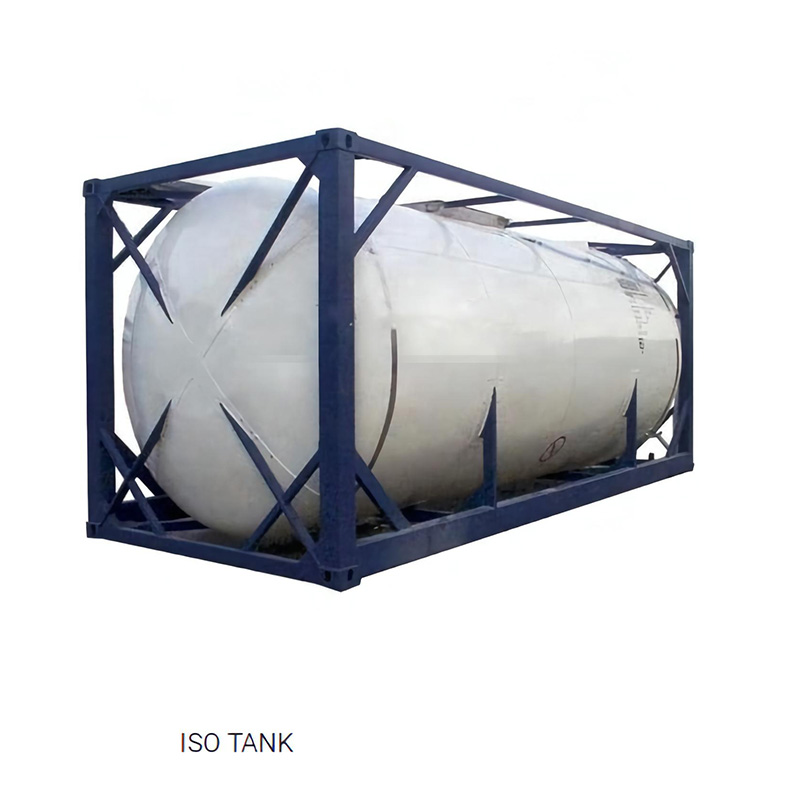
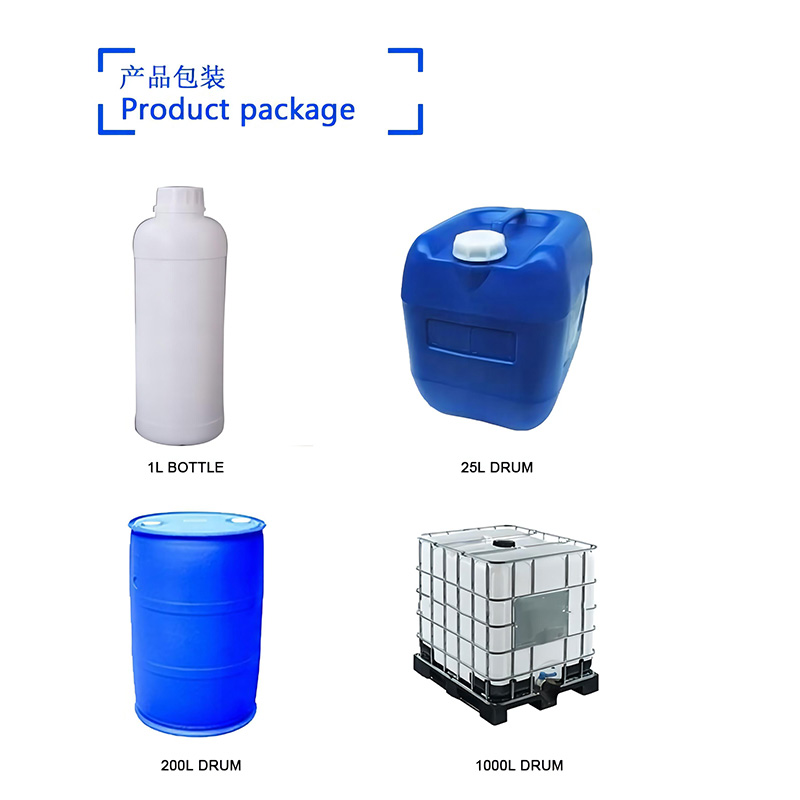
Product Application
Used in the manufacture of rubbers, plastics, and polymers.
a) Production of: expandable polystyrene (EPS);
b) Production of polystyrene (HIPS) and GPPS;
c) Production of styrenic co-polymers;
d) Production of unsaturated polyester resins;
e) Production of styrene-butadiene rubber;
f) Production of styrene-butadiene latex;
g) Production of styrene isoprene co-polymers;
h) Production of styrene based polymeric dispersions;
i) Production of filled polyols. Styrene is mainly used as a monomer for the manufacture of polymers (such as polystyrene, or certain rubber and latex)
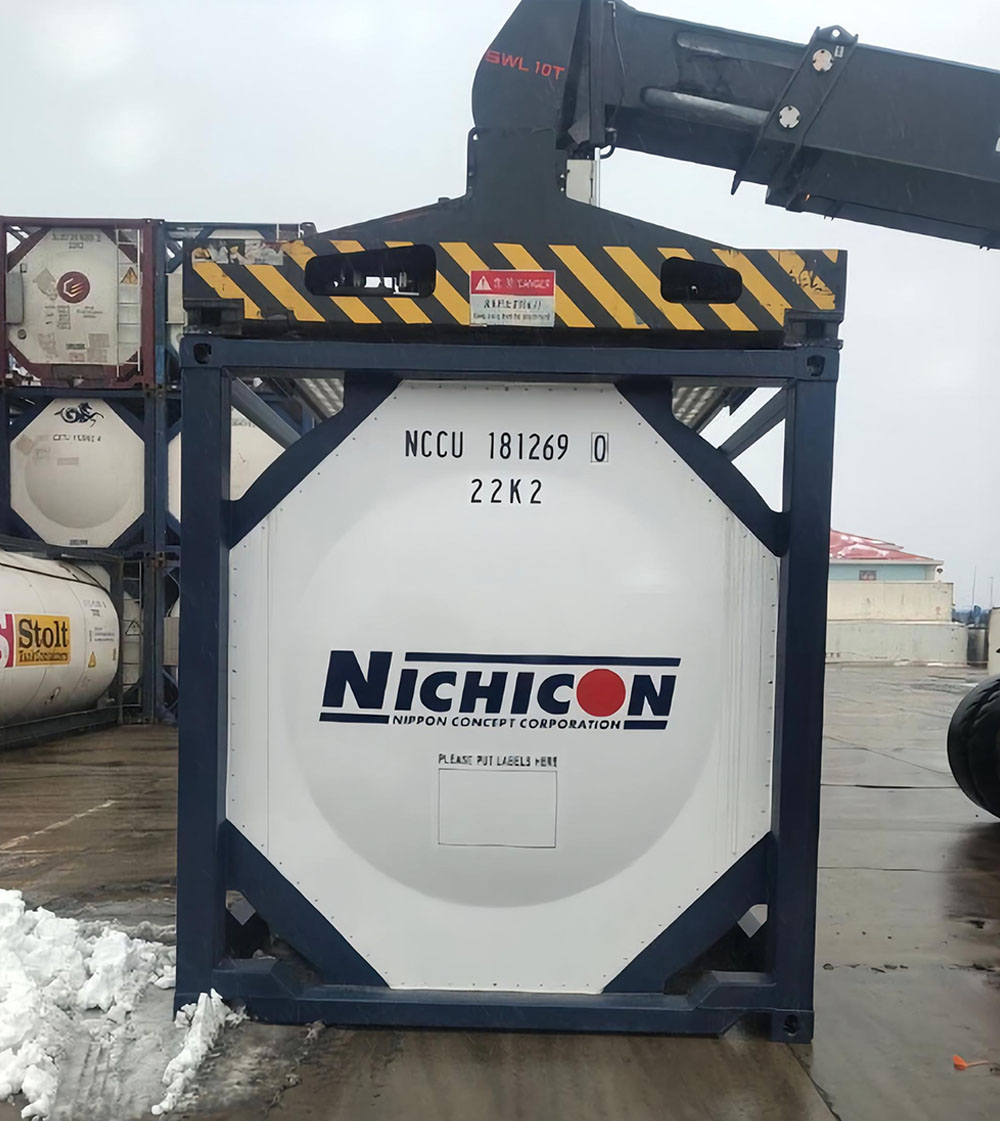 Acrylonitrile butadiene styrene (ABS) is an impact-resistant engineering thermoplastic created from acrylonitrile, butadiene, and styrene polymers. It’s strong, durable, and compatible with many manufacturing processes, including injection molding, fused-deposition modeling (FDM), and even CNC machining.
Acrylonitrile butadiene styrene (ABS) is an impact-resistant engineering thermoplastic created from acrylonitrile, butadiene, and styrene polymers. It’s strong, durable, and compatible with many manufacturing processes, including injection molding, fused-deposition modeling (FDM), and even CNC machining.
How is acrylonitrile butadiene styrene made?
Typically, acrylonitrile butadiene styrene is made by emulsion or by polymerizing styrene and acrylonitrile in the presence of polybutadiene. This process produces a long chain of polybutadiene that crisscrosses with shorter chains of polystyrene-co-acrylonitrile, creating strong bonds. ABS can also be created by using a patented process known as continuous mass polymerization.
ABS is one manufacturing’s most materials and it comes in a variety of forms. It can be made into pellets for injection molding, filament for additive manufacturing, and extruded for CNC machining.


